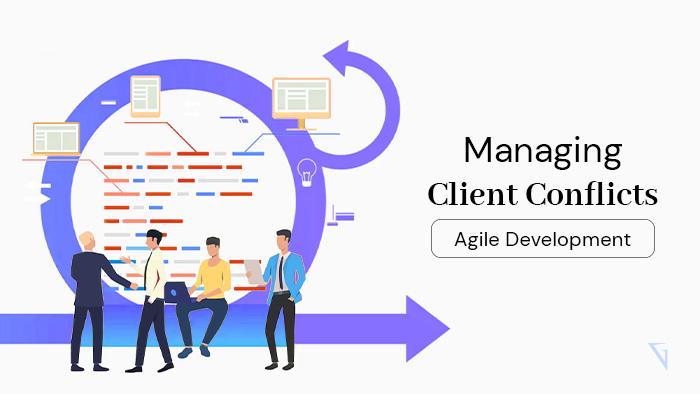Introduction: Managing Client Conflicts in Agile Development Environments In today’s fast-paced business world, organizations are increasingly embracing Agile development methodologies to deliver high-quality software solutions more efficiently. Agile practices encourage collaboration, adaptability, and continuous iteration. However, the dynamic nature of Agile development also brings challenges, one of which is managing client conflicts. Client conflicts can arise from various sources, such as misaligned expectations, changing priorities, or differing opinions among stakeholders. These conflicts, if left unaddressed, can disrupt project progress, hinder team dynamics, and ultimately impact overall client satisfaction. This guide aims to equip Agile development teams with the necessary strategies and techniques to effectively manage and navigate client conflicts. By taking proactive measures to prevent conflicts, fostering strong client relationships, and implementing conflict resolution tools, teams can ensure smoother project delivery and successful outcomes. Throughout this guide, we will explore valuable insights and practical advice on managing client conflicts in Agile development environments. Let’s delve into the key topics that will be covered: Understanding Agile
